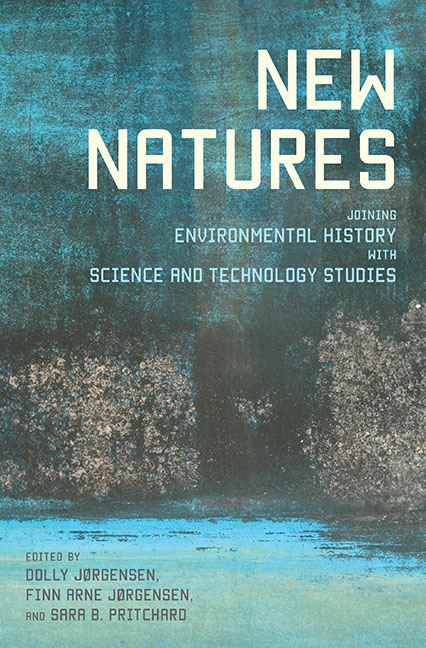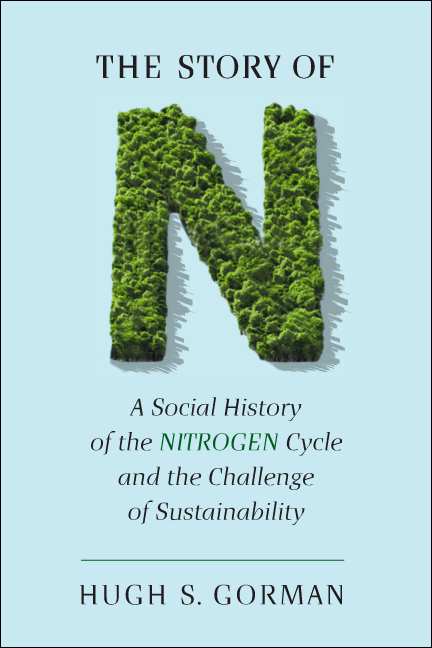It is a pleasure to announce the publication of the special issue of the Journal of Transport History on the histories of transport, mobility, and environment. Please find the table of contents below or visit the journal website here.
Thomas Zeller, University of Maryland, Guest Editor (tzeller@umd.edu)
Journal of Transport History
Volume 35, Number 2, December 2014
Histories of Transport, Mobility and Environment
Thomas Zeller, “Editorial: Histories of Transport, Mobility and Environment,” iii-v.
Victor Seow, “Socialist drive: The First Auto Works and the contradictions of connectivity in the early People’s Republic of China,” 145-161.
Cory Parker, “Negotiating the waters: Canoe and steamship mobility in the Pacific Northwest,” 162-182.
Christopher Wells, “Rebuilding the city, leaving it behind: Transportation and the environmental crisis in turn-of-the-century American cities,” 183-199.
Eike-Christian Heine, “Connect and divide: On the history of the Kiel Canal,” 200-219.
Thomas Robertson, “The bird’s-eye view: Toward an environmental history of aviation,” 220-224.
Matthew K. Chew, “A picture worth forty-one words: Charles Elton, introduced species and the 1936 Admiralty map of British Empire shipping,” 225-235.
Christopher F. Jones, “Landscapes of intensification: Transport and energy in the U.S. mid-Atlantic, 1820-1930,” 236-241.





 Historians have long assumed that new industrial machines and power sources eliminated work animals from nineteenth-century America, yet a bird’s-eye view of nineteenth-century society would show millions of horses supplying the energy necessary for industrial development. Horses were ubiquitous in cities and on farms, providing power for transportation, construction, manufacturing, and agriculture. On Civil War battlefields, thousands of horses labored and died for the Union and the Confederacy hauling wagons and mechanized weaponry.
Historians have long assumed that new industrial machines and power sources eliminated work animals from nineteenth-century America, yet a bird’s-eye view of nineteenth-century society would show millions of horses supplying the energy necessary for industrial development. Horses were ubiquitous in cities and on farms, providing power for transportation, construction, manufacturing, and agriculture. On Civil War battlefields, thousands of horses labored and died for the Union and the Confederacy hauling wagons and mechanized weaponry.